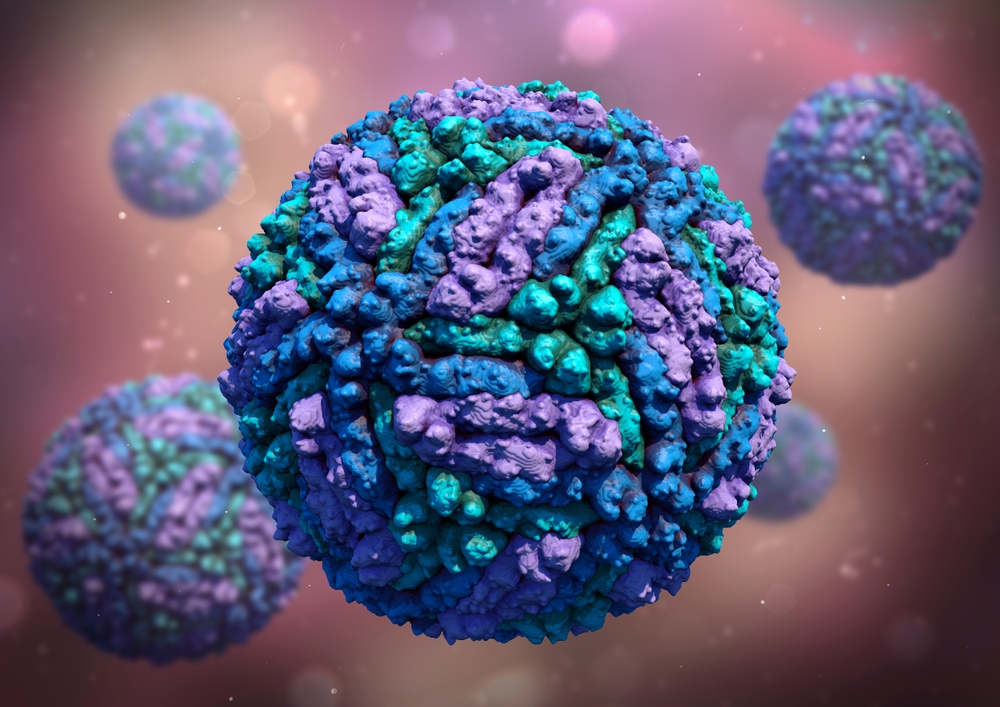Dengue virus (DENV) is caused by viral pathogens transmitted by Aedes aegypti dan Aedes albopictus, and it has 4 types of serotypes, DENV1, DENV2, DENV3, and DENV4. Antivirus and vaccines to fight dengue virus infection have been developed, but there are still many weaknesses.
On the other hand, cobalt (II) chloride has been used in the treatment and prevention of diseases in humans since ancient times, but it produces polycythemia in human body. A research by Dutta et al in 2017 explained that cobalt-based complex compounds can inhibit the growth of zika virus and dengue virus serotype 2.
Based on this background, the objective of this study was to determine the antiviral activity of the cobalt (II) chloride compound against dengue virus serotype 1 (DENV1) and cytotoxicity in Vero cells. The methods used in this study, for testing the activity of compounds against dengue virus serotype 1, was Viral ToxGlo and for testing the cytotoxicity of Vero cells was with WST-1 assay.
The results of this study showed that antiviral activity is a method for identifying CPE or the effect of structural changes in stem cells caused by viral infections that produce optical density values. Inhibitory activity of cobalt (II) chloride compound was significantly shown against DENV1 which was infected in Vero cells.
In compound activity testing, we study the ability of compounds to inhibit direct viral activity. This method is based on ATP produced by active cells in living cells. This study obtained 50% inhibitory concentration of cobalt (II) chloride compounds against DENV1 at a concentration of 0.38 µg / ml.
The analogy of the mechanism for inhibiting DENV activity in a study conducted by Broglie et al in 2015 was as follows, cobalt (II) chloride compounds in the form of cobalt (II) solutes diffuse across cell membranes or dengue virus capsids. The dissolved substance will interact with oxidative organelles or proteins to induce reactive oxygen species (ROS) in cells, so that it can break the DNA strands and change gene expression. Furthermore, the possible reaction mechanism, cobalt (II) forming chelate with biomolecules, thus causing dysfunctional and inactivation of cells.
Cytotoxicity of cobalt (II) chloride compounds to Vero cells is aimed at determining the toxicity to host cells. The toxicity concentration of 50% cobalt (II) chloride compound against Vero cells at a concentration of 2.91 μg / ml. This test obtained optical density cells that are still alive after being treated with cobalt (II) chloride compounds. Vero cell death was from mitochondrial cell damage caused by ROS, the damage has indicated that physicochemical interactions of the cocoa atoms with the proteins contained in cells.
This study showed that the inhibitory activity of cobalt (II) chloride compounds is high against DENV1, because it also has high toxicity to Vero cells. So further research is needed for the development of antivirus against dengue virus infection. (*)
Author: Teguh Hari Sucipto
Details about this scientific article available at:
https://indonesianjpharm.farmasi.ugm.ac.id/index.php/3/article/view/1410





